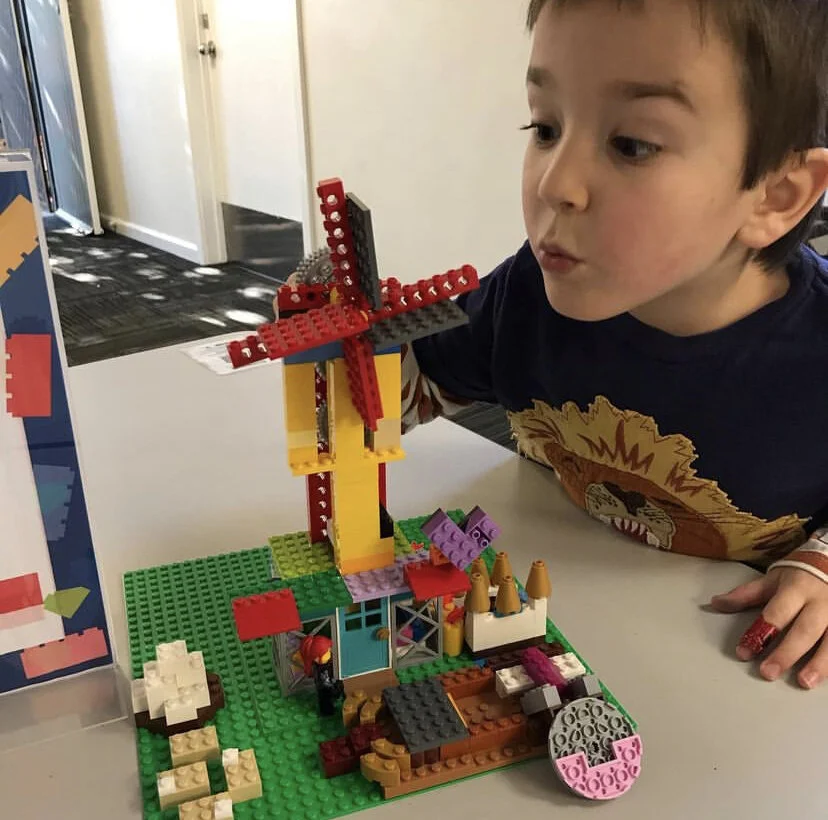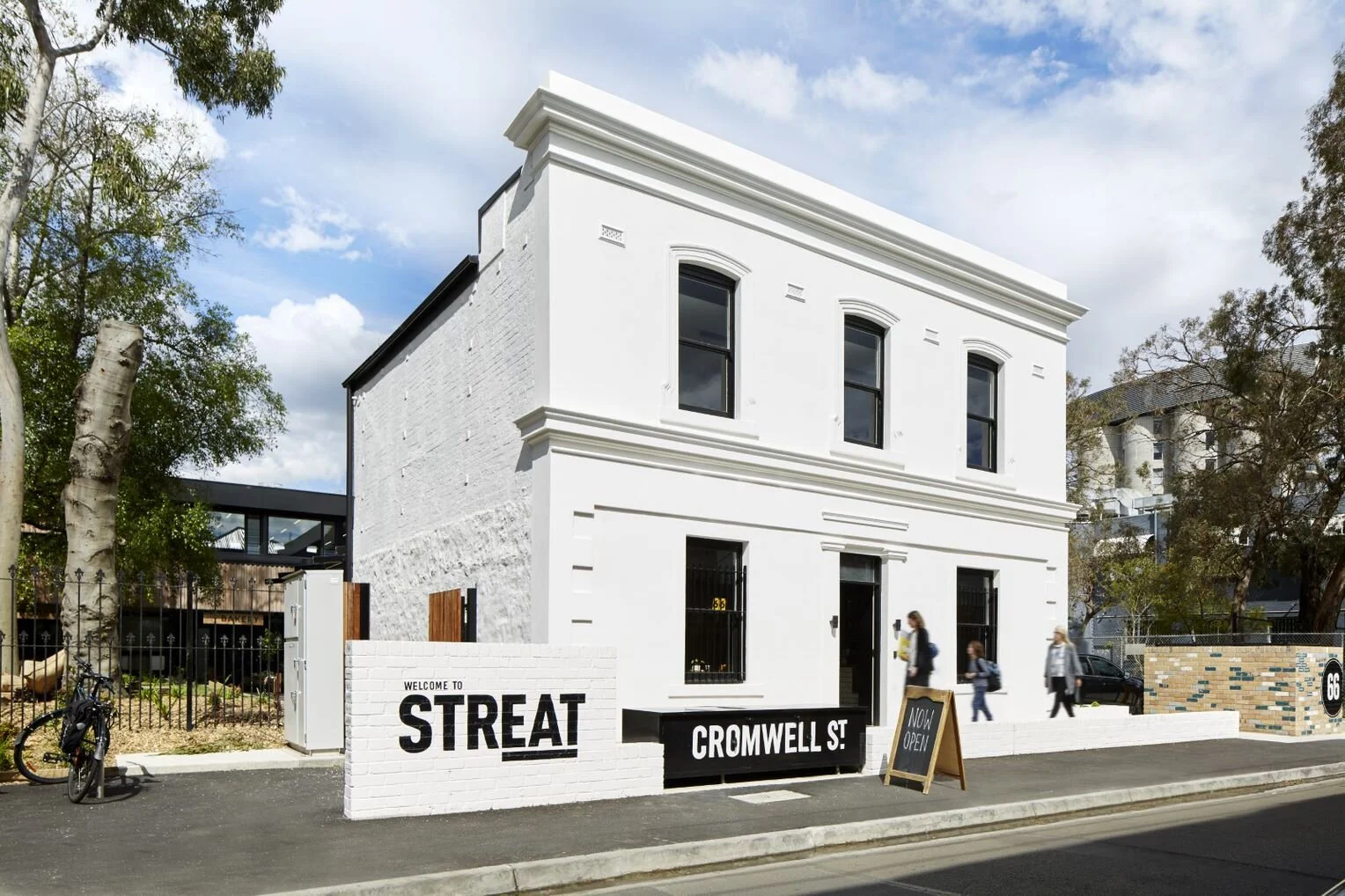This week I was contacted by Amanda, an Alphington Primary School (APS) mum, asking if her children could put a lizard up on our fence. As part of a school project. And of course I said yes.
And then I got to thinking about what the lizard was for and why they were putting it up … and I rang her back and asked if her children would like to write a little post and tell us all about the project.
And here it is. Thanks so much Abigail and Joshua.
And, on a broader note, aren’t we just SO fortunate to have such caring and excellent local teachers and schools that so creatively give our children a framework, language and strategies to discuss and action positive mental health in these times.
When life contracts to the neighbourhood, community connections really do rock! And now, thanks to Abigail and Joshua, we can all look out for the APS lizards on our walks and know that we’re surrounded by kids and families thinking about our whole community, and that we’re not alone.
Here’s what they wrote …
Alphington Primary School is a great place to learn and play. It is full of people who work very hard to make it an awesome environment for everyone.
Because of lockdown, we haven’t been able to come together like we usually would. Even though we catch up every day through Google Classroom, it has been a bit lonely sometimes. To show that we are still strongly connected, our wellbeing team came up with an idea. The idea was to colour in some lizards (the school animal logo), and put them in places that are visible in the community. This is to show that our community is united, even though we are not all at school. When we see an APS lizard out and about, it makes us feel happy to know that we are still there for each other, and that we are not alone. After lockdown is over, our lizard friends will help us to remember that we got through another lockdown together.
Thank you to Alphington Community Centre for allowing us to display one of our lizards. It’s a place that many families from our school pass by. We hope that they feel connected to us and others in our school community when they see it.
By Abigail and Joshua
Alphington Primary School Students















